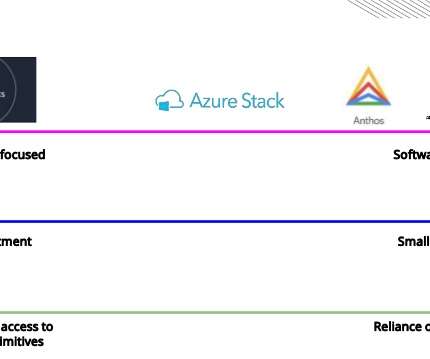Docker Swarm vs Kubernetes: how to choose a container orchestration tool
CircleCI
OCTOBER 13, 2021
They are portable, fast, secure, scalable, and easy to manage, making them the primary choice over traditional VMs. Load balancers. Docker Swarm clusters also include load balancing to route requests across nodes. Docker Swarm provides high availability as you can easily duplicate the microservices in Docker Swarm.















Let's personalize your content